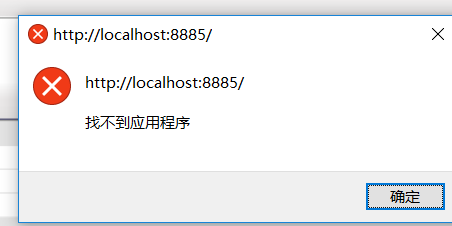Is there any difference between null and System.DBNull.Value? If yes, what is it?
I noticed this behavior now -
while (rdr.Read())
{
if (rdr[\"Id\"] != null) //if (rdr[\"Id\"] != System.DBNull.Value)
{
int x = Convert.ToInt32(rdr[\"Id\"]);
}
}
While I retrieve data from the database using a sql datareader, though there is no value returned if(rdr[\"Id\"] != null) returned true and eventually threw an exception for casting a null as integer.
But, this if I use if (rdr[\"Id\"] != System.DBNull.Value) returns false.
What\'s the difference between null and System.DBNull.Value?
Well, null is not an instance of any type. Rather, it is an invalid reference.
However, System.DbNull.Value, is a valid reference to an instance of System.DbNull (System.DbNull is a singleton and System.DbNull.Value gives you a reference to the single instance of that class) that represents nonexistent* values in the database.
*We would normally say null, but I don\'t want to confound the issue.
So, there\'s a big conceptual difference between the two. The keyword null represents an invalid reference. The class System.DbNull represents a nonexistent value in a database field. In general, we should try avoid using the same thing (in this case null) to represent two very different concepts (in this case an invalid reference versus a nonexistent value in a database field).
Keep in mind, this is why a lot of people advocate using the null object pattern in general, which is exactly what System.DbNull is an example of.
From the documentation of the DBNull class:
Do not confuse the notion of null in an object-oriented programming language with a DBNull object. In an object-oriented programming language, null means the absence of a reference to an object. DBNull represents an uninitialized variant or nonexistent database column.
DBNull.Value is annoying to have to deal with.
I use static methods that check if it\'s DBNull and then return the value.
SqlDataReader r = ...;
String firstName = getString(r[COL_Firstname]);
private static String getString(Object o) {
if (o == DBNull.Value) return null;
return (String) o;
}
Also, when inserting values into a DataRow, you can\'t use \"null\", you have to use DBNull.Value.
Have two representations of \"null\" is a bad design for no apparent benefit.
DBNull.Value is what the .NET Database providers return to represent a null entry in the database. DBNull.Value is not null and comparissons to null for column values retrieved from a database row will not work, you should always compare to DBNull.Value.
http://msdn.microsoft.com/en-us/library/system.dbnull.value.aspx
DataRow has a method that is called IsNull() that you can use to test the column if it has a null value - regarding to the null as it\'s seen by the database.
DataRow[\"col\"]==null will allways be false.
use
DataRow r;
if (r.IsNull(\"col\")) ...
instead.
Null is similar to zero pointer in C++. So it is a reference which not pointing to any value.
DBNull.Value is completely different and is a constant which is returned when a field value contains NULL.


